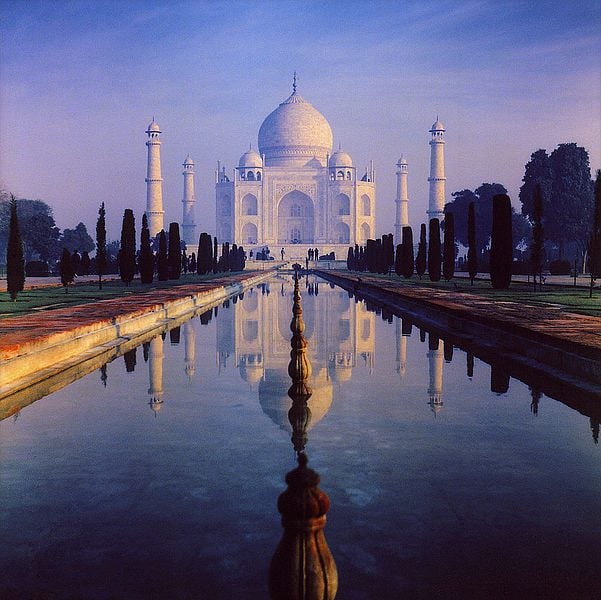
(Wikimedia Commons public domain image)
I’ve experienced just a bit of pushback since suggesting, a few days ago, that the design of the forthcoming Dubai United Arab Emirates Temple should, ideally, draw on the rich artistic and architectural heritage of the Islamic world in which it will sit. (See my “Designing a Temple for Dubai.”) I had thought that what I said was merely consistent with President Russell M. Nelson’s explanation in his General Conference announcement of eight new temples, including Dubai’s, that “Church architects will work with local officials so that the temple will harmonize with and be a beautiful addition to each community.”
Some of the resistance probably comes from the general disdain that some have for Islam generally. At least one person wrote to inform me — and surely he would know! — that Islamic civilization has produced absolutely nothing of any value, whether in art, literature, architecture, science, or philosophy. (It just goes to show what a fool I am, since, having studied, taught, and written about precisely those subjects for most of my life, I’ve long imagined that there was great value in Islamic culture’s contributions. Oh well. It’s never too late to learn.)
But there was also reluctance, as one writer expressed it, to have a Latter-day Saint temple look like an Islamic temple. (Strictly speaking, by the way, there are no Muslim temples. There are mosques.) Others put the point a little bit differently: We don’t, they said, borrow architectural motifs from other faiths or cultures in designing our temples. Well . . .
There are unmistakably and deliberately Japanese elements in both the exterior and the interior of the Sapporo Japan Temple.
Consider, too, the Pre-Columbian Mesoamerican motifs incorporated into the design of the Mexico City Mexico Temple.
And the Colonial Hispanic elements in the appearance of the Tijuana Mexico Temple.
And the California Hispanic or even “California mission” design of the Newport Beach California Temple.
And the New England Colonial appearance of the Hartford Connecticut Temple.
Please note, too, the distinctly Indian aspects of the forthcoming Bengalaru India Temple, and the quietly Cambodian flavor of the future Phnom Penh Cambodia Temple, and the subtly Thai quality of the Bangkok Thailand Temple that is now under construction.
It simply isn’t true that we’ve never permitted local culture to affect the designs of our temples.











